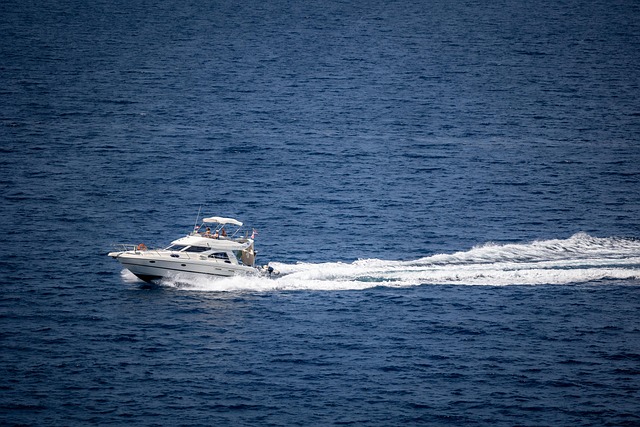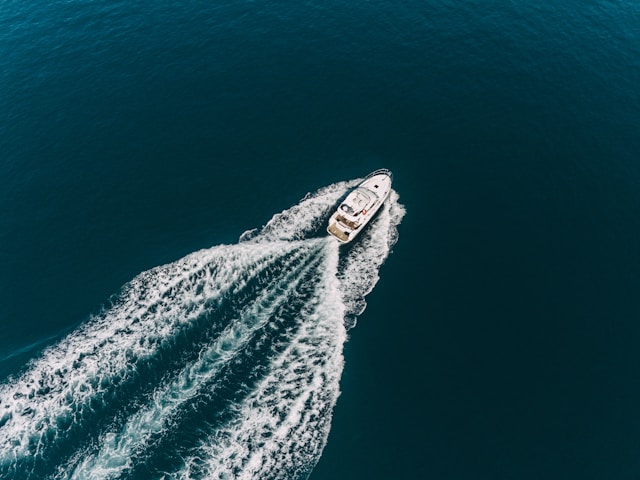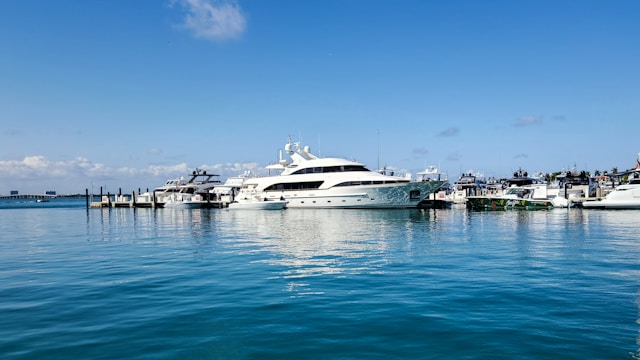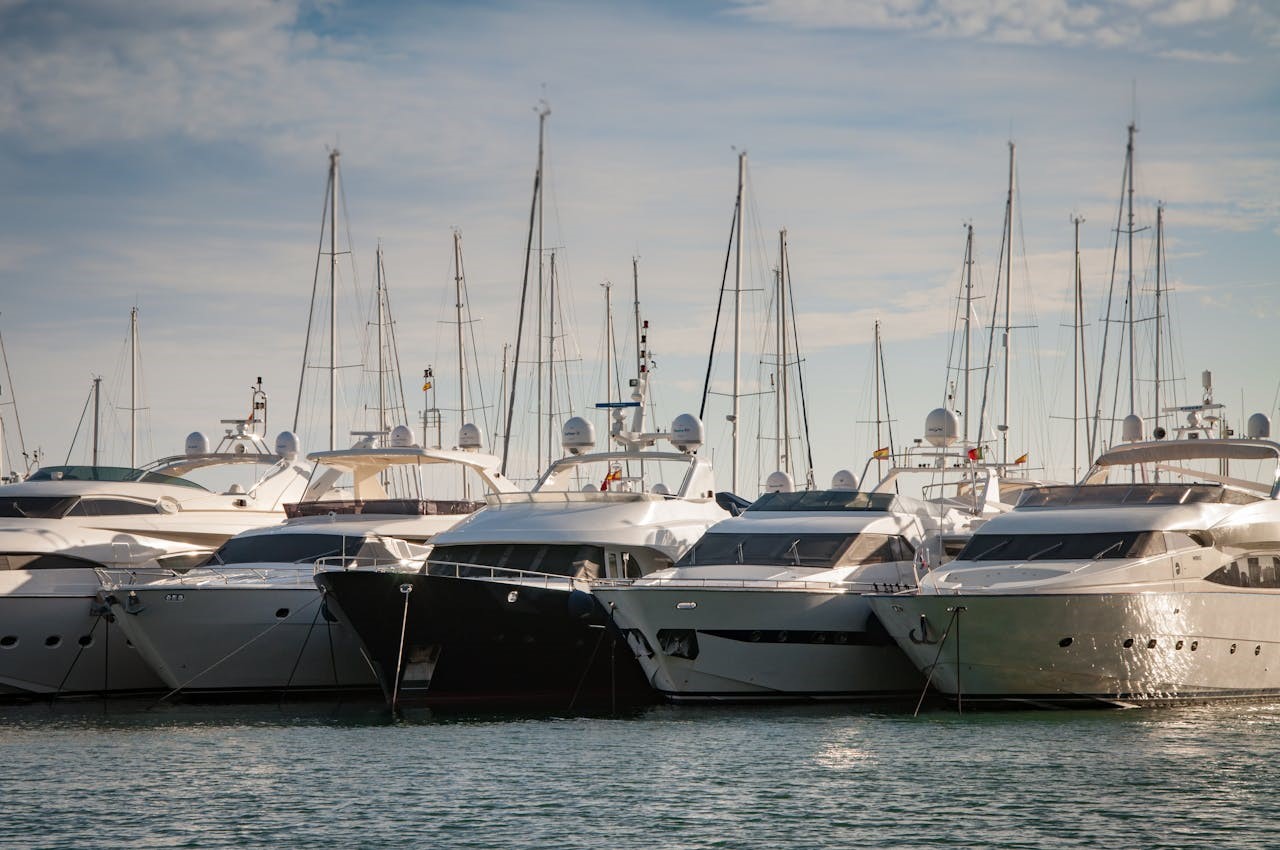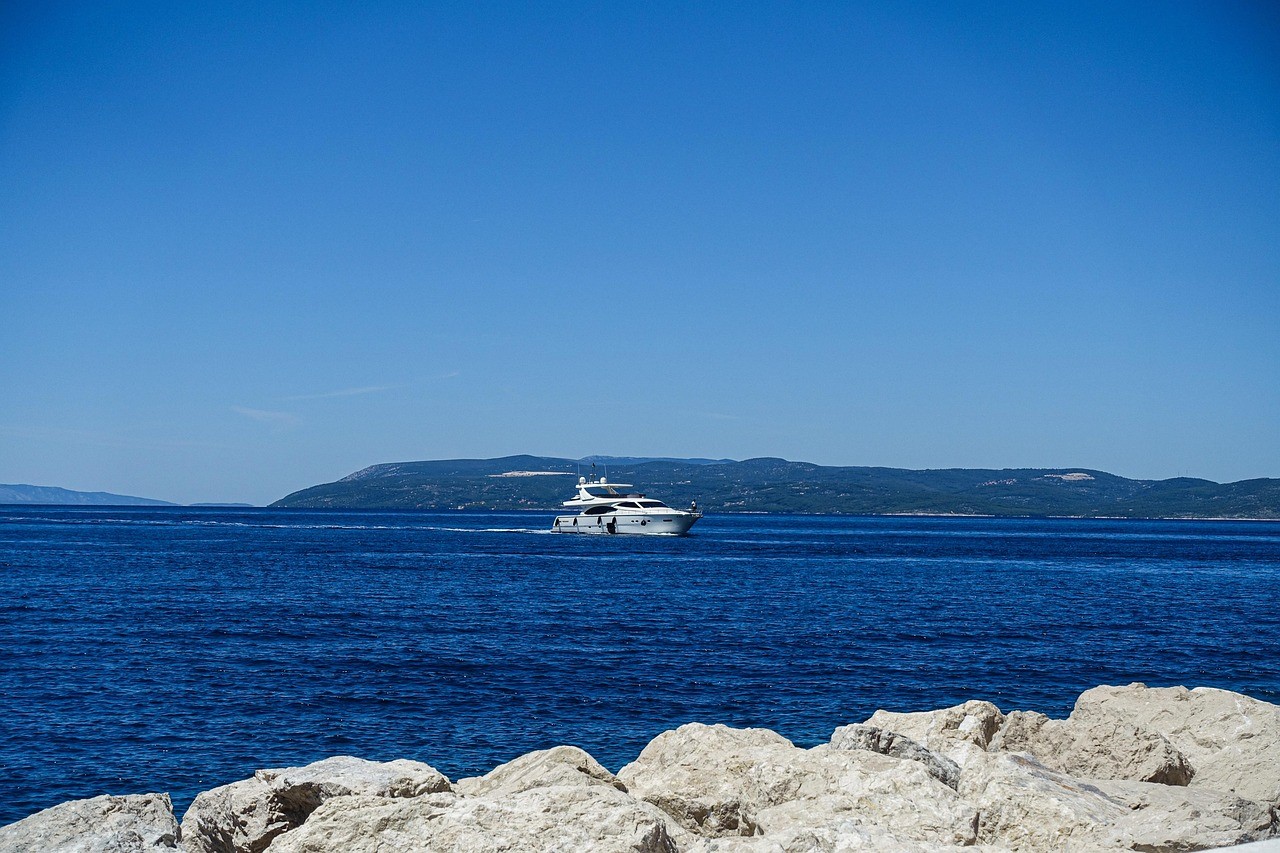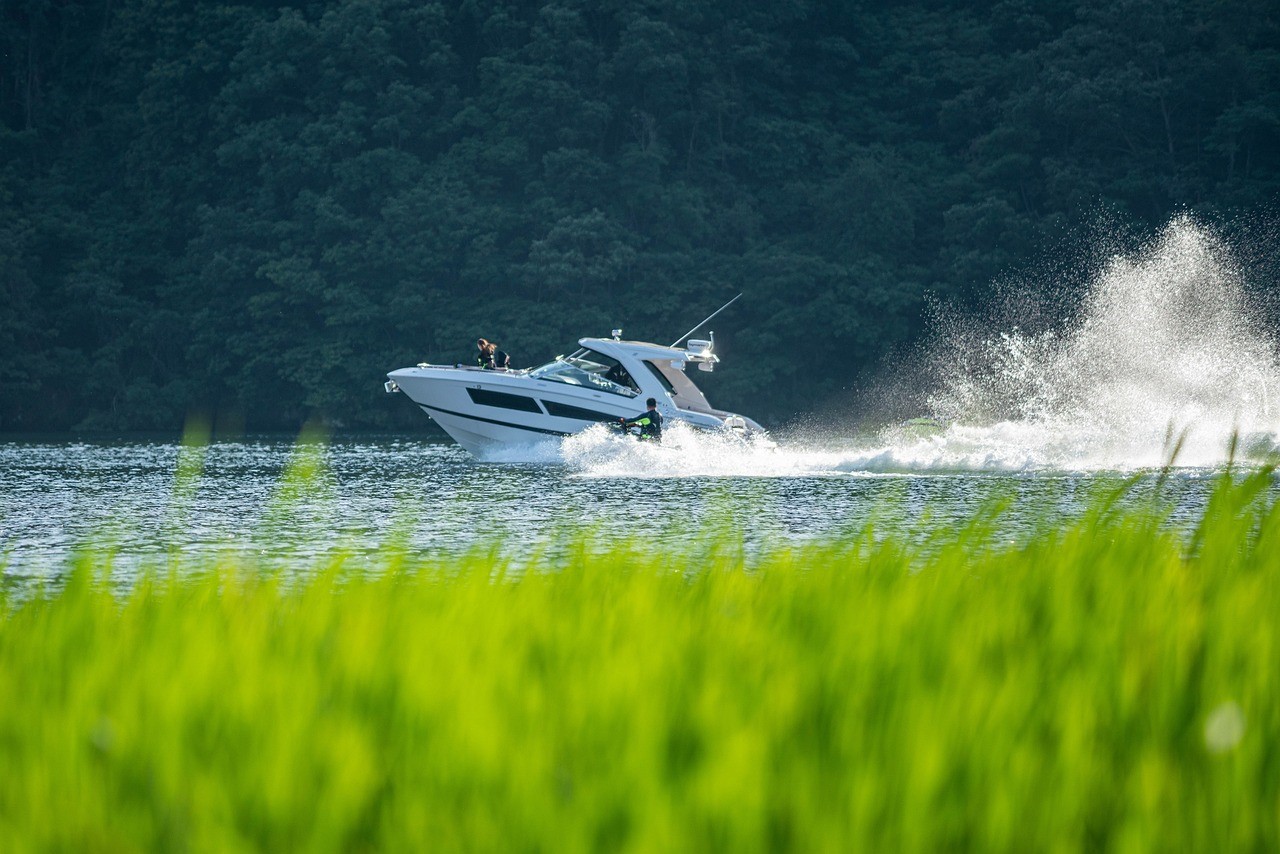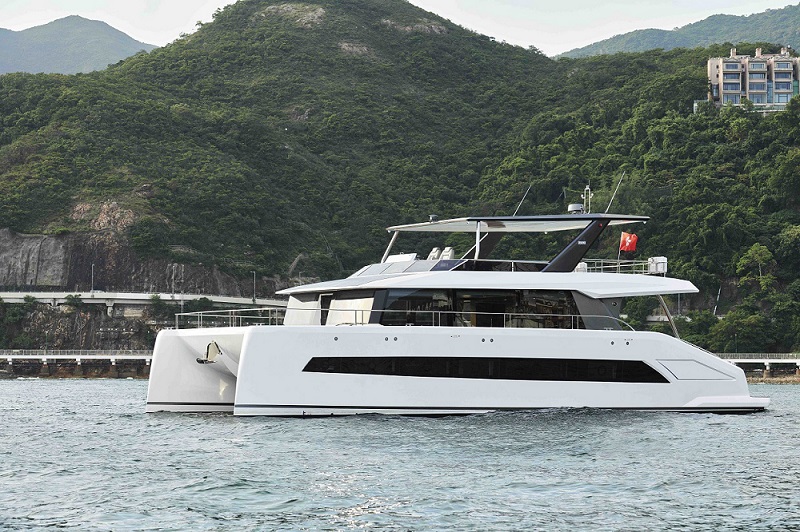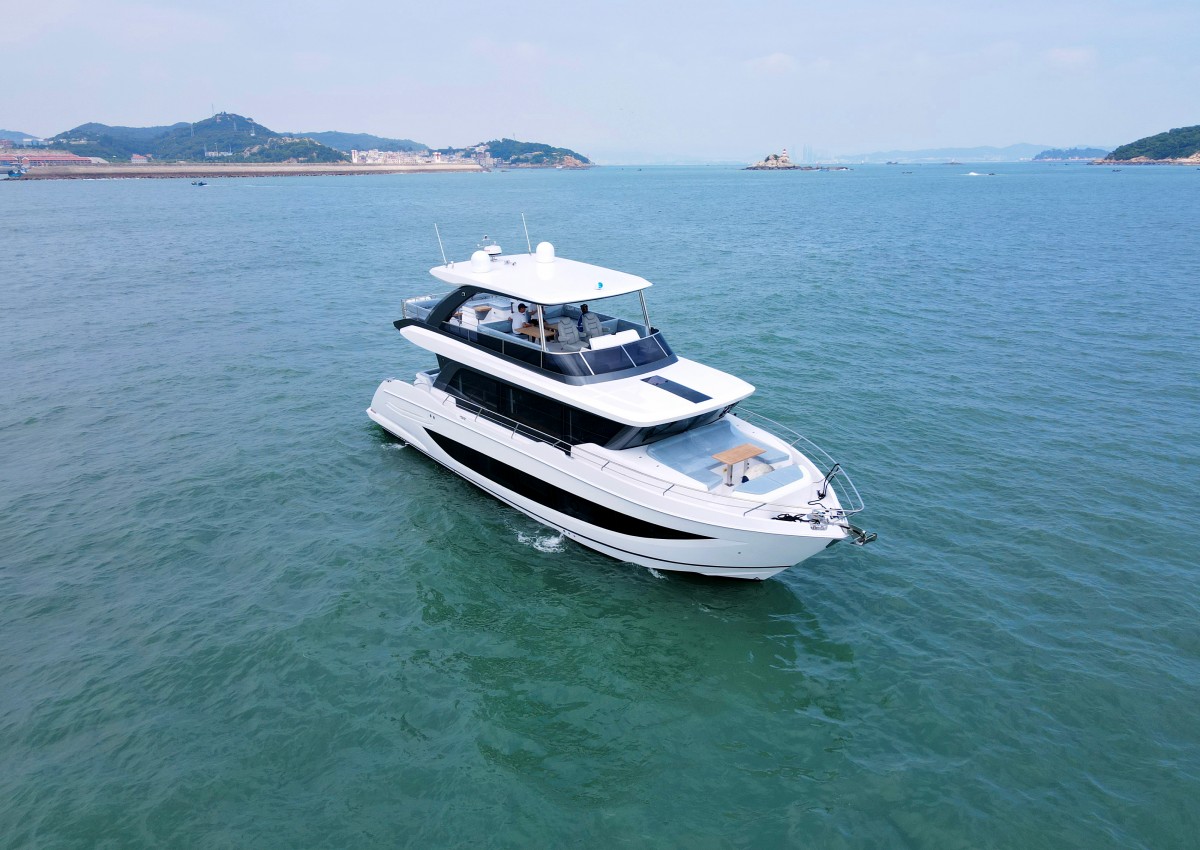One question that should concern every yachtsman is how to avoid collisions with other yachts? Knowing and mastering collision avoidance techniques is the key to safety on the water, and it requires yachtsmen to be aware of their surroundings, the rules of the road, and to maintain a safe speed. Whether you're an experienced sailor or a novice, considering these 6 safety tips can help you effectively avoid collisions with other yachts.

Know and follow the rules of navigation
If you want to safely navigate the water, you need to have an in-depth understanding of the rules of navigation and follow them while driving your yacht. These rules include right of way rules, yacht approach rules, overtaking rules, crossing rules, and special situation rules, and it is by knowing and following these rules that you will be able to keep your yacht on the water in a safe and organized manner.
Keep a proper lookout at all times
Keeping a proper lookout at all times is the key to safety while on the water. You need to be constantly observing your surroundings and the water, keeping an eye on other boats, navigational markers and keeping an eye on the water. Maintaining a high level of vigilance is the only way to recognize when your yacht is in danger and act quickly to avoid it. It is best to choose a designated person to be in charge of checking out the surrounding area or to use binoculars to enhance your ability to spot objects and yachts in the distance. At the same time, always pay attention to the weather forecast, at the same time, always pay attention to the weather forecast and all kinds of navigation warnings. Safeguard the yacht's navigation.
Maintain a safe speed
It is very important that the yacht maintains a safe speed while sailing. If traveling too fast, it will be difficult for the driver to react quickly when encountering an unexpected situation. Therefore, it is important to adjust the speed of the yacht according to various factors. Visibility, traffic density and weather conditions should also be taken into account when sailing. In places where speed limits are set, it is essential to observe them. In short, it is important to always keep the speed of the yacht within a manageable range and ensure that you can stop the boat in time at a safe distance so that you can navigate the water safely and avoid collisions with other yachts.
Effective use of navigation equipment
There are many advanced navigational devices available today that can help when navigating a yacht, including radar systems, GPS devices, chart plotters and sonar. If used effectively, these navigational devices can go a long way towards making yachting safer. For example, a crew can use radar to detect nearby vessels, obstacles and weather changes in poor visibility.
GPS devices can provide accurate positioning information so that people always know where they are. Chart plotters can help plan the most sensible navigation routes, as well as accurately marking dangerous areas and avoiding them in advance. Sonar systems can accurately measure the depth of water in unfamiliar waters, avoiding accidents such as groundings due to insufficient depth. Effective use of these devices provides safe and reliable conditions for every voyage on the water.
Communication with other yachts
When a yacht is on the water, the yachtsman needs to be proficient in various standard methods of communication, such as horn signals, lights and radio communication. Horns communicate the yacht's intentions and warnings by sounding the horn a varying number of times and for varying lengths of time, and navigation and other methods such as flashing lights can be used to indicate the yacht's status and course at night or in poor visibility. Radio communications can facilitate the yacht's communication with other vessels and maritime authorities. Exchanging information through these communication facilities can help all parties to coordinate their actions, plan safe passage paths and avoid collisions between yachts.
Recognizing and avoiding danger zones
Dangerous areas exist in every body of water, and in every body of water there are hazardous areas such as narrow passages, shallow areas, fast currents and busy harbors. Yachtsmen need to be highly alert to these potentially dangerous areas and take timely precautions in the event of danger. To ensure safe navigation, yachts must always stay within marked channels and keep a safe distance from dangerous objects such as rocks and shoals to avoid collisions with these items.







 Leave the comment
Leave the comment
